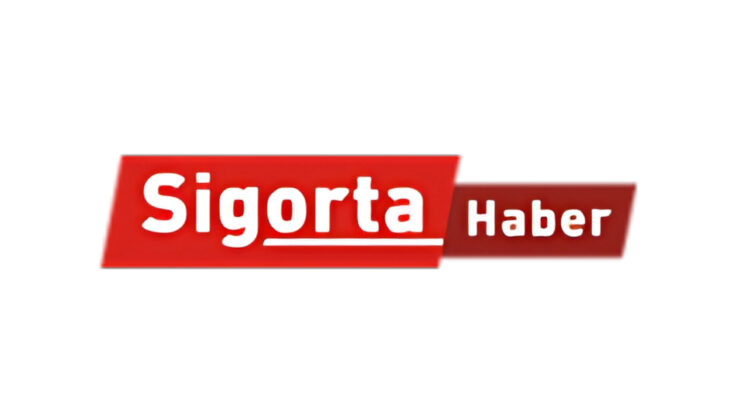

Fitch Ratings has upgraded Valmont Industries Inc. (NYSE: VMI) Long-Term Issuer Default Rating (IDR) from ‘BBB-‘ to ‘BBB’, with a stable outlook remaining intact. This improvement highlights Valmont’s prudent financial management, increased financial agility, and a strengthened operational framework.
Valmont’s enhanced credit profile can be attributed to its robust market presence, diverse end markets, and a product portfolio well-aligned with trends in electrification, sustainability, and infrastructure investments. However, the company faces constraints due to exposure to cyclical end markets and sensitivity to volatile crop prices.
Fitch’s stable outlook anticipates that Valmont will judiciously balance excess cash flow between growth initiatives and shareholder returns while maintaining an EBITDA leverage below 2.0x, adhering to ‘BBB’ rating thresholds.
Despite a revenue dip over the last two years, especially in the agriculture and telecommunications sectors, Valmont has successfully expanded its margins. Fitch projects continued margin growth, driven by effective pricing strategies, a refined cost structure, a favorable sales mix, and increased aftermarket sales. The EBITDA margin is expected to surpass 16% by 2027.
Valmont is projected to generate robust free cash flow (FCF) of approximately $200 million annually, even with increased capital expenditures intended to boost efficiency and meet demand-driven manufacturing capacity. The company benefits from low refinancing risk, with no significant debt maturities until 2044.
Valmont caters to a variety of end markets such as agriculture, utilities, telecommunications, and general industry, which mitigates the cyclicality associated with short-cycle diversified industries. While the agriculture segment is affected by low crop prices and uncertain trade policies, the infrastructure segment remains resilient, driven by rising energy demands and stabilizing telecom investments.
Amid trade policy uncertainties, Valmont is expected to gain from secular growth trends related to energy transitions, aging infrastructure, and digitalization, supporting margin expansion and accelerating replacement cycles to minimize business cycle sensitivity.
Valmont’s strong market position is underpinned by a well-established distribution network and long-term customer relationships, allowing the company to protect margins across cycles. Cost-saving measures are anticipated to fully counteract the impact of tariffs on EBITDA by the end of 2025. Fitch considers Valmont’s capital allocation priorities as aligned with maintaining a solid balance sheet and balanced growth strategy. Management plans to distribute operating cash flow evenly between organic/inorganic growth and shareholder returns, adhering to a long-term net leverage target of 2.5x or below.
Valmont’s ratings reflect its exposure to cyclical end-markets, akin to diversified companies such as Kennametal Inc. (BBB/Stable), Teledyne Technologies Inc. (BBB/Stable), and Allegion plc (BBB/Stable). Although Valmont has less exposure to recurring revenue and weaker margins compared to Teledyne and Allegion, it benefits from significantly lower leverage.
| Assumptions | Details |
|---|---|
| Revenue Forecast | Low single-digit decline in 2025; followed by low single-digit growth |
| Margin Improvements | Gradual enhancement expected |
| Capital Expenditure | High at 3.5% of annual revenue from 2026 onwards |
| Dividend Strategy | Long-term growth with balanced cash allocation |
Potential downgrades could occur if EBITDA margins consistently drop to the low teens, FCF margins stay below 2%, or if aggressive cash utilization reduces financial flexibility, resulting in EBITDA leverage above 2.2x. Conversely, an upgrade is possible if enhanced technology content and effective cost controls support high teen EBITDA margins, recurring revenue increases, and a credit-conscious capital allocation policy sustains gross EBITDA leverage below 1.7x.
KÖŞE YAZILARI
1 gün önceSİGORTA
1 gün önceDÜNYA
1 gün önceDÜNYA
1 gün önceDÜNYA
1 gün önceSİGORTA
1 gün önceSİGORTA
2 gün önceSİGORTA
2 gün önceBİLGİ
5 gün önceSİGORTA
5 gün önce 1
DJI Mini 5: A Leap Forward in Drone Technology
19702 kez okundu
1
DJI Mini 5: A Leap Forward in Drone Technology
19702 kez okundu
 2
xAI’s Grok Chatbot Introduces Memory Feature to Rival ChatGPT and Google Gemini
14018 kez okundu
2
xAI’s Grok Chatbot Introduces Memory Feature to Rival ChatGPT and Google Gemini
14018 kez okundu
 3
7 Essential Foods for Optimal Brain Health
12904 kez okundu
3
7 Essential Foods for Optimal Brain Health
12904 kez okundu
 4
Elon Musk’s Father: “Admiring Putin is Only Natural”
12760 kez okundu
4
Elon Musk’s Father: “Admiring Putin is Only Natural”
12760 kez okundu
 5
Minnesota’s Proposed Lifeline Auto Insurance Program
10636 kez okundu
5
Minnesota’s Proposed Lifeline Auto Insurance Program
10636 kez okundu
Sigorta Güncel Sigorta Şikayet Güvence Haber Hasar Onarım Insurance News Ajans Sigorta Sigorta Kampanya Sigorta Ajansı Sigorta Sondakika Insurance News